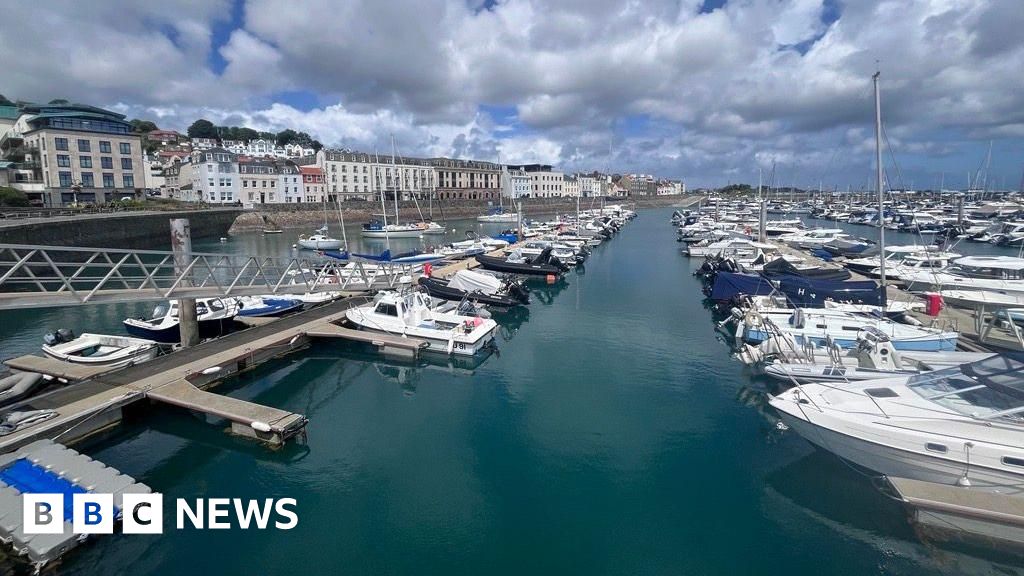Infra
Innovative uses of steel in modern infrastructure projects | London Daily News

Steel has been a fundamental material in infrastructure projects for decades, prized for its strength, versatility, and durability. However, advances in technology and design have led to new, innovative applications of steel that are redefining its role in construction and engineering. From structural frameworks to sustainable solutions, steel continues to shape the landscape of modern infrastructure.
Structural Applications That Maximise Strength
One of the primary uses of steel in infrastructure is as a structural material that provides the foundation for buildings, bridges, and towers. Its high tensile strength and ability to support heavy loads make it ideal for large-scale projects that demand resilience and stability. Steel frameworks allow engineers to construct taller buildings and more expansive bridges, pushing the limits of architectural design.
Engineered steel components, such as beams, columns, and trusses, can be fabricated with precision to meet specific project requirements. Manufacturers like Fabweld Steel Products contribute to this precision by producing custom components that ensure both strength and adaptability. By prefabricating these parts, steel assemblies reduce on-site construction time, ultimately making projects more efficient and cost-effective.
Sustainability and Recyclability in Steel Design
Today, sustainability is at the forefront of infrastructure development, and steel plays a significant role in creating environmentally conscious solutions. Steel is inherently recyclable, meaning that it can be repurposed multiple times without losing its structural integrity. This makes it an excellent choice for projects aiming to minimise waste and reduce their environmental footprint.
The recyclability of steel aligns with sustainable construction goals, as using reclaimed steel reduces the need for virgin materials. In many cases, recycled steel is indistinguishable from newly produced steel, allowing it to be seamlessly integrated into new projects. This cycle of reuse not only supports sustainability but also promotes a circular economy within the construction industry.
Aesthetic and Functional Innovations in Public Spaces
Steel’s versatility extends beyond structural uses, as it increasingly finds its way into aesthetic and functional elements of public infrastructure. Designers and architects use steel to create visually striking facades, public art installations, and pedestrian-friendly structures that enhance the appeal and usability of shared spaces. With advanced techniques like laser cutting, steel can be transformed into intricate designs that add both beauty and character to urban landscapes.
In addition to its aesthetic appeal, steel’s durability makes it ideal for installations that must withstand the elements. From weather-resistant benches to sculptural bike racks, steel’s robustness ensures that these functional elements remain resilient and low-maintenance, even in high-traffic areas. These applications demonstrate how steel can enhance both the appearance and practicality of public spaces.
Advanced Safety Features in Steel Fabrication
Safety is paramount in infrastructure projects, and steel’s reliability under stress makes it a trusted material for critical safety components. In transportation infrastructure, for instance, steel is used to construct crash barriers, railings, and bollards that provide essential protection for both pedestrians and vehicles. Steel’s ability to absorb impact helps mitigate damage in the event of accidents, safeguarding public areas and roadways.
Modern steel fabrication methods incorporate advanced safety features, such as fire-resistant coatings and anti-corrosion treatments. These innovations extend the lifespan of steel structures and reduce maintenance demands, making it a dependable choice for high-risk environments. By prioritising safety in design, steel continues to be an invaluable asset in creating resilient, long-lasting infrastructure.
Steel’s innovative applications in modern infrastructure showcase its unmatched versatility and strength. From structural integrity to sustainability, aesthetic appeal, and enhanced safety, steel remains a vital material that adapts to the evolving needs of contemporary infrastructure projects.










